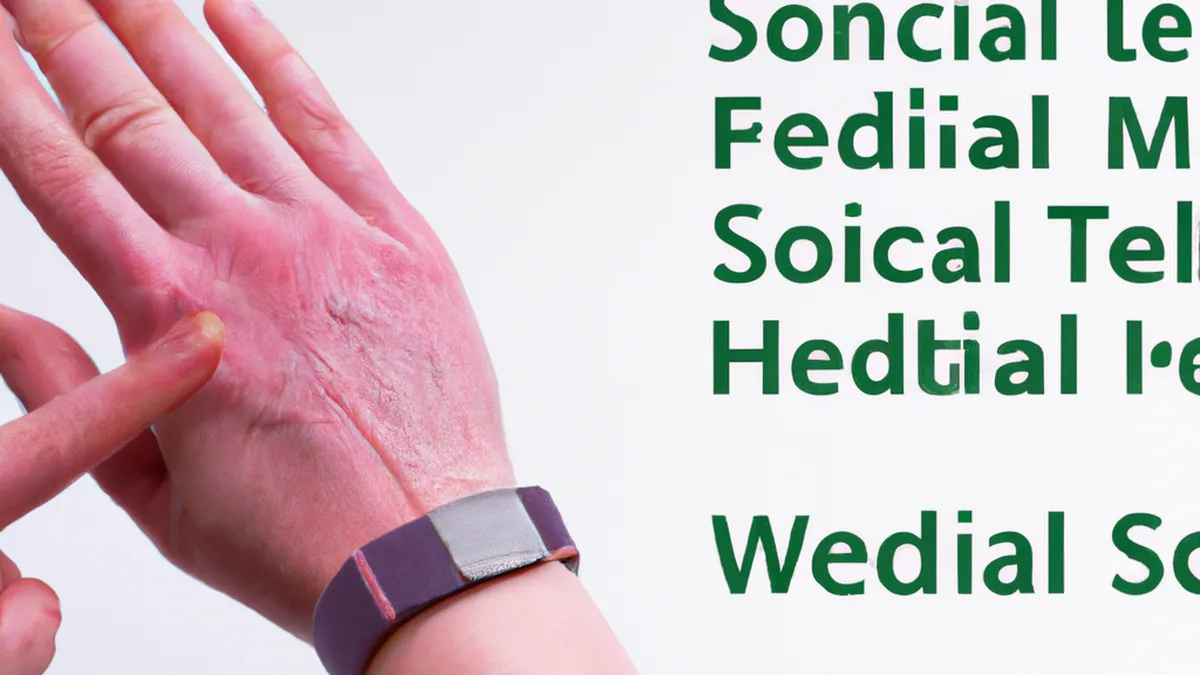Spotlighting Tendon Care on Social Media Channels
The Role of Social Media in Raising Awareness of Tendon Health
In today’s digital age, social media shapes our understanding of health issues. Platforms like Instagram and Twitter connect people and share vital information. Tendon health deserves particular attention. Tendons facilitate movement and support overall well-being, yet injuries often highlight their importance. This blog post examines how social media raises awareness about tendon health and offers practical tips for promoting tendon wellness.
Understanding Tendon Health
Tendons connect muscles to bones, enabling efficient movement. They store energy during activities like running and jumping, then release it to propel us. Unfortunately, tendon injuries frequently occur, especially among athletes and those engaging in repetitive activities. Conditions like tendinitis, tendon tears, and ruptures can cause significant pain and disability. Understanding tendon health helps in prevention and recovery.
Overuse, poor training techniques, and inadequate warm-ups often lead to tendon injuries. People from various fields, including athletes, dancers, and office workers, can experience these injuries. Raising awareness about tendon health benefits everyone who uses their body daily.
Social media enhances our understanding of tendon health. Users can share personal experiences, expert advice, and informative content. This sharing fosters a supportive community focused on tendon health. Engaging posts, videos, and discussions promote a culture of awareness and prevention.
Tips for Raising Awareness on Social Media
1. **Share Educational Content**
Create or share educational content to raise awareness about tendon health. Infographics, videos, and articles explain common tendon injuries, preventive measures, and rehabilitation techniques. Visual aids simplify complex information and are easily shareable. Use platforms like Instagram, Facebook, and Pinterest to maximize your reach and engage visual audiences.
2. **Use Hashtags Effectively**
Use hashtags to increase your posts’ visibility and connect to broader conversations. Utilize tags like TendonHealth, InjuryPrevention, HealthyMovement, and FitnessAwareness. These tags help users find relevant content quickly and expand your audience. The right hashtag can introduce your post to new users and broaden the conversation about tendon health.
3. **Engage with Experts**
Collaborate with healthcare professionals to promote tendon health on social media. Experts provide accurate information and answer questions, enhancing your content’s credibility. Consider hosting live Q&A sessions on Facebook or Instagram with physical therapists or orthopedic specialists to address common tendon injury concerns. Direct access to professionals can significantly engage your audience.
4. **Share Personal Stories**
Personal narratives resonate with audiences and create emotional connections.
Conclusion
Social media plays a vital role in raising awareness about tendon health. By sharing educational content, using effective hashtags, engaging with experts, and sharing personal stories, we can improve understanding and promote tendon wellness.
Below are related products based on this post:
FAQ
What are the common injuries related to tendon health?
Common tendon injuries include tendinitis, tendon tears, and ruptures. These conditions can cause significant pain and disability, often resulting from overuse, poor training techniques, and inadequate warm-ups. Athletes, dancers, and even office workers can be affected by these injuries.
How can social media help raise awareness about tendon health?
Social media enhances awareness of tendon health by allowing users to share personal experiences, expert advice, and informative content. Engaging posts, videos, and discussions foster a supportive community focused on tendon health and promote a culture of awareness and prevention.
What are some effective ways to promote tendon health on social media?
Effective ways to promote tendon health on social media include sharing educational content (like infographics and videos), using relevant hashtags (such as #TendonHealth and #InjuryPrevention), engaging with healthcare professionals for credible information, and sharing personal stories to create emotional connections with the audience.















Post Comment